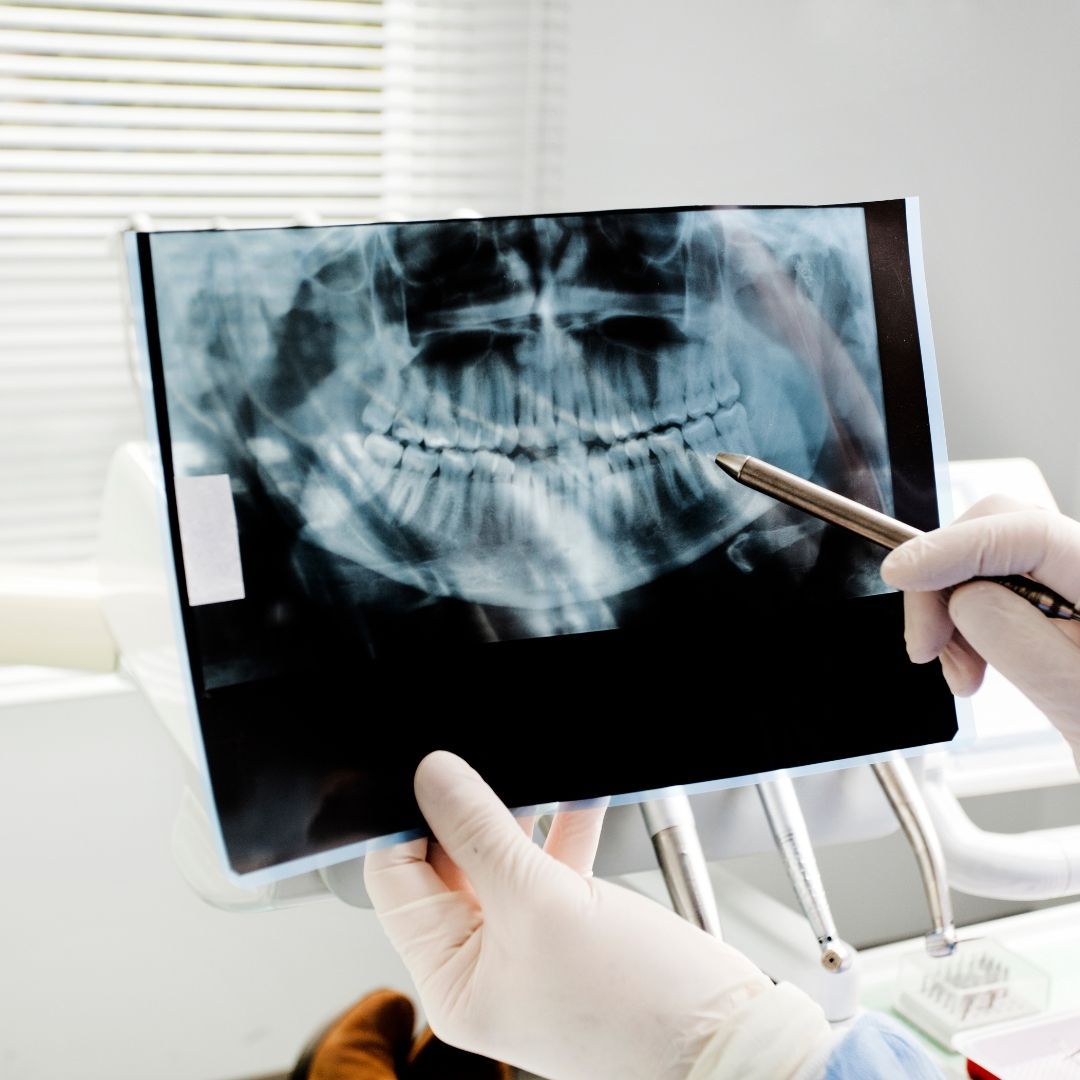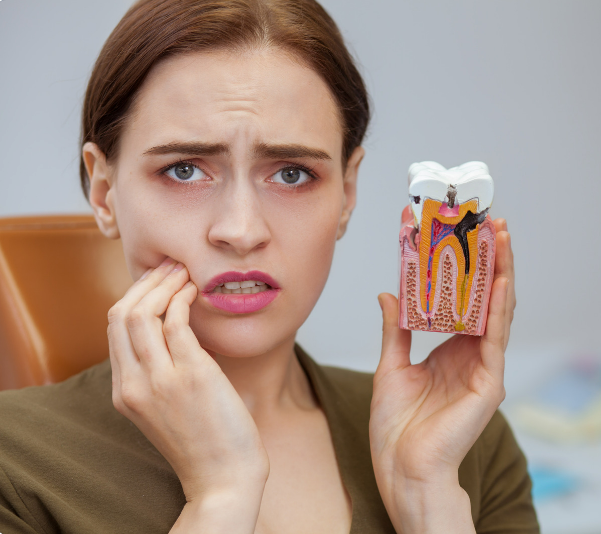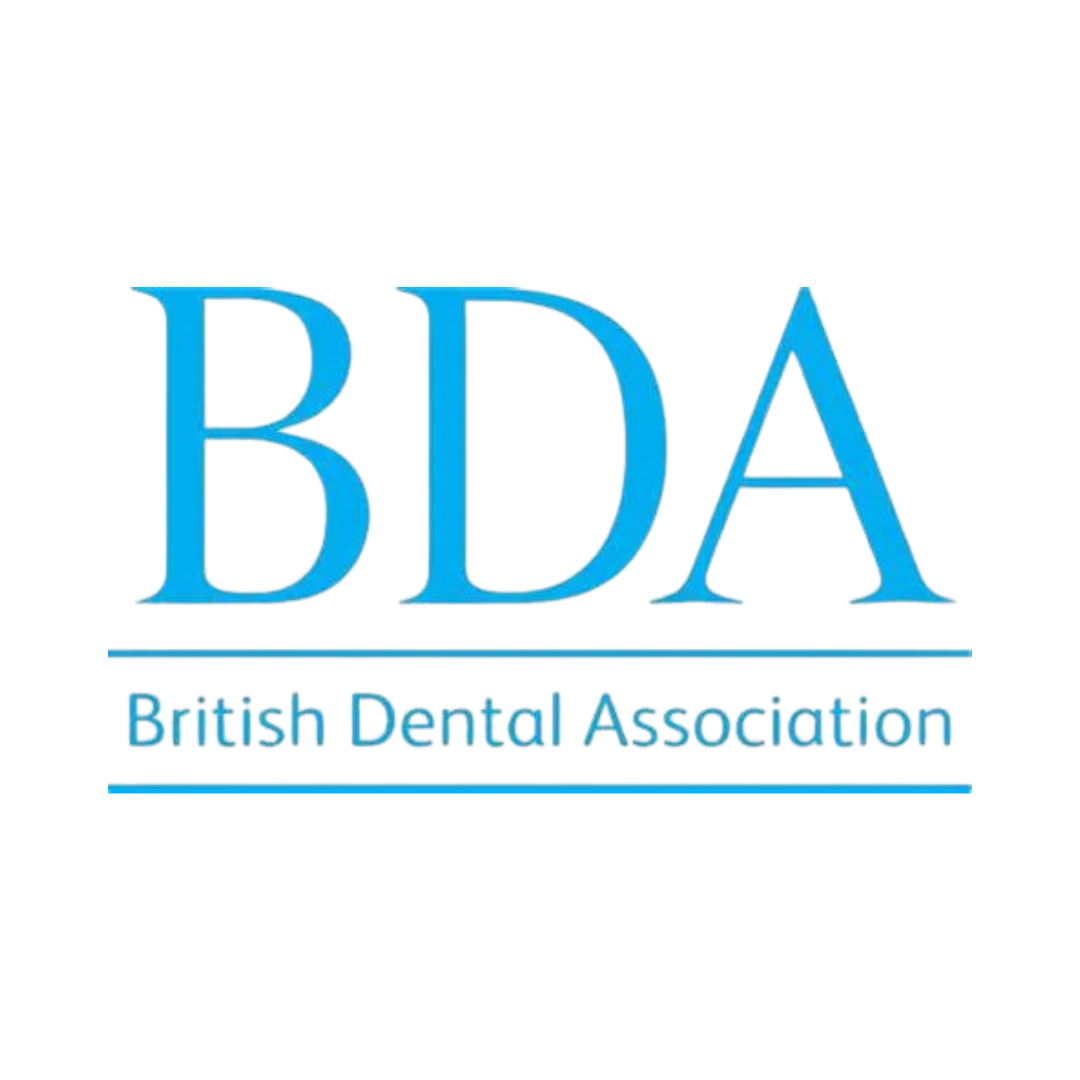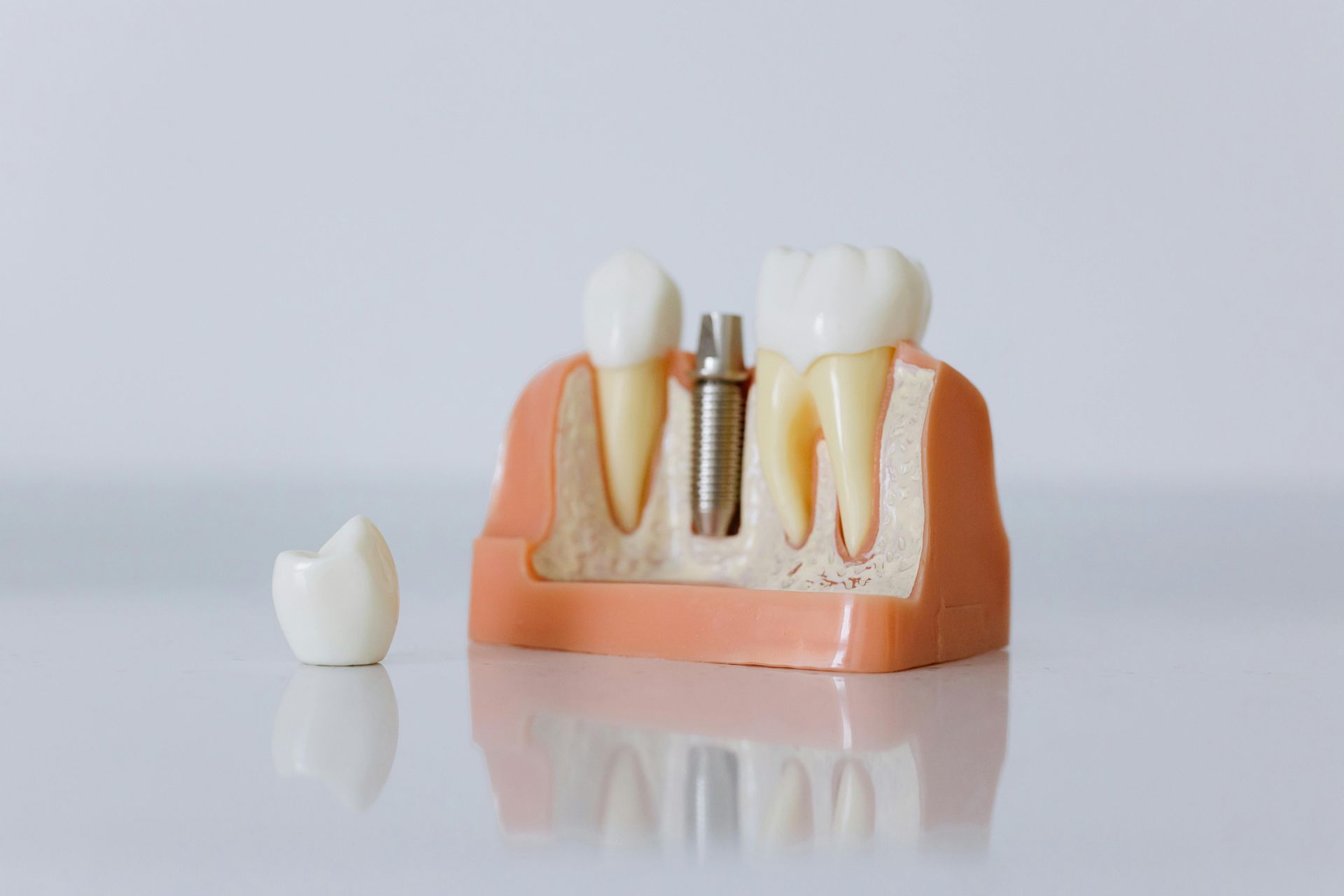
Dental Bridges in London
Missing a tooth or several? Dental bridges in London offer a seamless solution to fill gaps, enhancing both your smile’s appearance and function. At our London dental practice, we help patients like Emma, a local baker, regain confidence to eat and speak comfortably with a custom bridge.
Dental Bridges in Ealing
Missing a tooth or several? Dental bridges in Ealing offer a seamless solution to fill gaps, enhancing both your smile’s appearance and function. At our Ealing dental practice, we help patients like Emma, a local baker, regain confidence to eat and speak comfortably with a custom bridge.
Why Choose a Dentist in Ealing for Dental Bridges?
Our experienced Ealing dentists provide tailored dental bridges in Ealing, designed to blend seamlessly with your natural teeth. We understand missing teeth can affect your confidence, so we offer clear guidance and a caring approach to restore your smile.
What Are Dental Bridges?
What to Expect During Your Visit
Aftercare & Healthy Habits
What Are Dental Bridges?
A dental bridge is a custom-made prosthetic used to fill the gap left by one or more missing teeth. It typically consists of one or more artificial teeth (pontics) anchored in place by crowns attached to the neighbouring natural teeth or dental implants. Dental bridges in Ealing are carefully designed by your dentist to restore your smile’s appearance and functionality—making eating, speaking, and smiling easier. Depending on your needs, your dentist in Ealing may recommend a traditional, cantilever, Maryland, or implant-supported bridge.


What to Expect During Your Visit
Your journey begins with a consultation where your dentist in Ealing assesses your oral health and discusses your goals. At the first appointment, the teeth adjacent to the gap are reshaped, and impressions are taken to craft your custom bridge. A temporary bridge is fitted to protect your teeth and gums. During the second appointment, your permanent bridge is cemented in place and adjusted for comfort and function. Additional visits may be scheduled to fine-tune the fit and ensure long-term success.


Aftercare & Ongoing Visits
Once your bridge is in place, proper care is essential to maintain its strength and appearance. For the first few days, eat soft foods and follow your Ealing dentist’s aftercare advice. Brush twice a day with fluoride toothpaste, use floss or interdental brushes to clean under and around the bridge, and attend regular check-ups. Avoid chewing hard items like ice or pens, and if you grind your teeth, your dentist may recommend a night guard to protect your restoration. With good habits, your bridge can last many years.
Call Now & Book your appointment
Simple Booking
Easy online, phone or WhatsApp appointment scheduling.
Friendly Experts
Skilled, caring team focused on your comfort and care.
Modern & Calm
State-of-the-art clinic in a relaxed, welcoming space.
Results That Last
Personalised treatments designed for natural, long-term results.
NEED TO KNOW
Appointments
- Expect at least two appointments with a dentist in Ealing.
- At the first visit, your Ealing dentist prepares the teeth next to the gap, takes impressions for the dental technician to create your bridge, and fits a temporary bridge to protect your teeth.
- At the second visit, your permanent bridge is securely cemented in place.
- Additional appointments may be needed to check or adjust the fit, as advised by your dentist in Ealing.
How Long It Takes
- The first appointment takes 60–90 minutes.
- Fitting the permanent bridge also takes 60–90 minutes.
You May Be Asked About
- Your dental and medical history.
- Any pain or concerns with the affected tooth.
Before Your Appointment
No special preparation is needed – just bring your smile!
After Your Appointment
- With a temporary bridge, avoid hard or sticky foods, like toffee or nuts, as advised by your Ealing dentist.
- With a permanent bridge, you may feel slight discomfort while adjusting. Stick to soft foods, like soup or mash, for a few days.
Your Trusted Dentist in Ealing
Book Your Dental Appointment in Ealing Today
Ready to fill the gap in your smile? Our skilled Ealing dentists offer expert dental bridges in Ealing to enhance your oral health and confidence. Contact us today to book a consultation with a trusted dentist in Ealing.
FAQs
How long do dental bridges typically last?
With diligent oral hygiene and six-monthly check‑ups, bridges can last 10–15 years—and occasionally longer. Well-maintained cases have lasted over 20 years. Regular visits with your dentist in Ealing help preserve both the bridge and surrounding teeth.
What are the common types of dental bridges?
There are several types: traditional bridges attached via crowns on adjacent teeth, implant-supported bridges, resin-bonded/Maryland bridges, and cantilever designs. Your Ealing dentist will recommend the best fit based on your oral health and aesthetic needs.
Is the bridge placement process painful?
No—the procedure is done under local anaesthetic. Some sensitivity or discomfort is normal after treatment but generally subsides within a few days. If a bridge becomes loose or causes pain later, consult your emergency dentist in Ealing promptly.
What should I avoid eating with a bridge?
Avoid sticky or hard foods—like toffee, hard nuts and ice—especially during the first days with a new bridge. These can dislodge a temporary or even permanent bridge. Maintaining a soft diet briefly helps support healing.
How do I keep my bridge clean and functional?
Brush twice daily and floss daily—including using floss/threaders to clean beneath the pontic. Interdental brushes or water flossers help remove trapped food. Regular review appointments help spot decay under bridges early.
What risks are associated with dental bridges?
Risks include damage or decay of the adjacent abutment teeth, nerve problems in prepared teeth, or bridge failure if fit loosens. A small proportion of teeth under crown preparations may need a root canal later.










